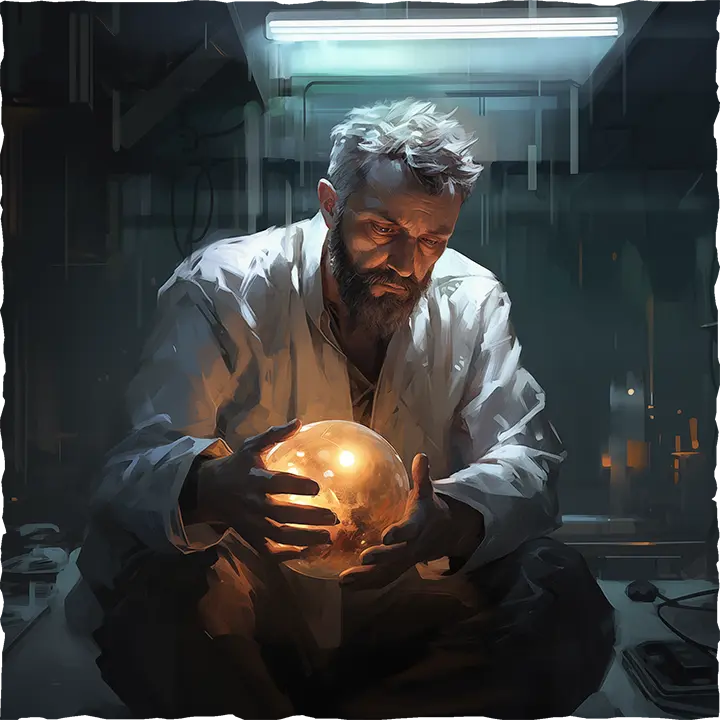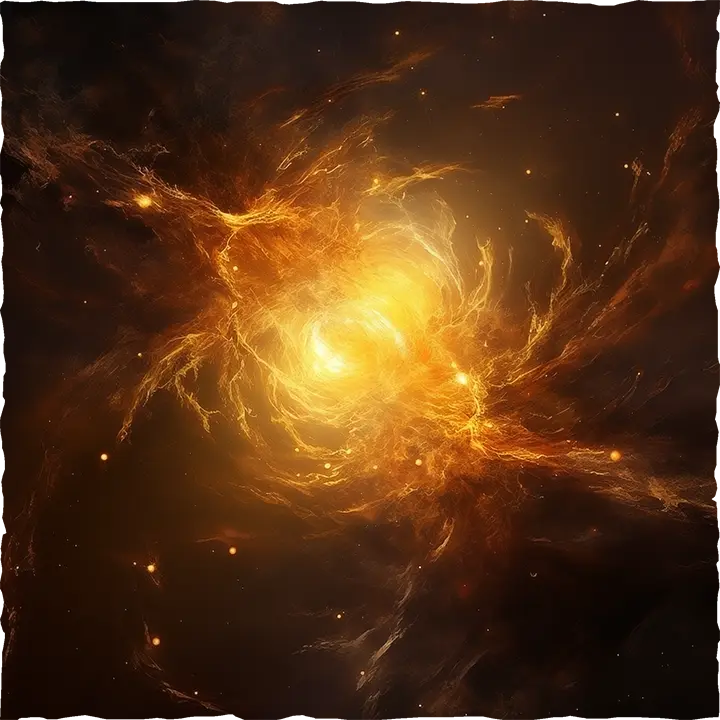THE ORIGIN OF THE UNIVERSE
PART II
In the part I, you saw how the World took out God from the realm of science – embracing a purely naturalistic approach instead.
How did that work out? Was ditching the divine the masterstroke they thought it would be?
Time to find out – and to kick off the show, how about checking some of the biggest unanswered questions our todays self-proclaimed science “gurus” have carefully swept under the rug?
All by using science, of course!
The 6 Greatest Mysteries
Let’s cut to the chase and see the questions that would ruin any modern scientist’s dinner party:




The Star Formation dilemma


Formation of the Solar System – Another unsolved mystery




Sister, Daughter, Lover? The Lunar Mystery.

A Defective Model?
Wait, did I read correctly, or did this acclaimed secular physicist just admit “we may never learn” the laws of nature?
I mean, is it really that surprising when we have stuff like:


- Seek more knowledge -
Join our covenant
And March Down With Us On the Battlefield
All by using science, of course!
The 6 Greatest Mysteries



The Star Formation dilemma



Formation of the Solar System – Another unsolved mystery



Sister, Daughter, Lover? The Lunar Mystery.

That’s why they called it Sister after all! Well, turns out this theory is a complete flop. Why? The Moon lacks iron and volatile elements that are present on Earth.

A Defective Model?


How about we check if observational science contradicts the Bible like it did for naturalism, or if it supports it instead?
- Seek more knowledge -
Who is behind this Satanic Agenda?
Join our covenant
And March Down With Us On the Battlefield
The 6 Greatest Mysteries



The Star Formation dilemma



Formation of the Solar System – Another unsolved mystery



Sister, Daughter, Lover? The Lunar Mystery.


A Defective Model?


Why not act like scientists and do the same?
I mean, we keep finding new observable data that bring up fundamental issues with naturalism.
So why desperately try to fit a square peg into a round hole?
How about we check if observational science contradicts the Bible like it did for naturalism, or if it supports it instead?
- Seek more knowledge -
Seek more knowledge
RELIGION

NEW WORLD ORDER

THE WORLD

THE OCCULT

Join our covenant
And March Down With Us On the Battlefield

